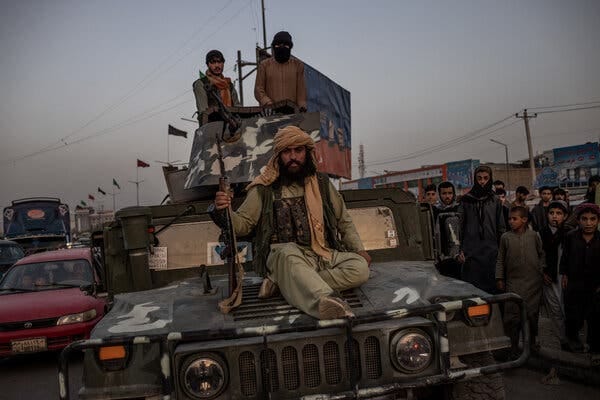
You probably are wondering how the collapse of Afghanistan despite its military power was possible. After all, Afghanistan received over $80 billion worth of support and training from the US in the last 20 years. However, the Afghan military forces were not successful in preventing the Taliban takeover. The quick disintegration of the government and country shocked the world. The US and other countries are now scrambling to evacuate refugees. Here are the details behind its sudden downfall.
The Taliban and its rapid progression
After an almost two-decade-long intervention, the US withdrew from Afghanistan starting February 2020. Soon after that Taliban started expanding its grip despite the peace deals. The Taliban made promises of reducing violence and stopping mass-casualty attacks. However, they did not uphold them as the US troops began withdrawing.
The military group began the collapse of Afghanistan by seizing border crossings, increasing assassinations, killing scholars, police officers, officials, civil and human rights activists, etc. They also cut off the Afghan military from remote and rural areas. By June, the Afghan security forces were abandoning posts as they complained of food shortage. Soon, the Taliban began moving into larger cities and power centers of provinces. The group captured its first provincial capital on August 6 with minimal fights. By August 15, the Taliban had power in all cities including the capital with very little resistance.
How the Taliban delt and negotiated its way to Kabul?
One of the main reasons the Taliban could take over Afghanistan was the good execution of negotiation. This got the provincial leaders and security forces to desert, switch sides, or surrender. They also capitalized on uncertainty and made sure the Afghan forces were receptive to the Taliban.
“The Taliban fight for belief, for Jannat (heaven) and ghazi (killing infidels). … The army and police fight for money. The Taliban are willing to lose their head to fight. … How can the army and police compete?” said a Taliban religious scholar to Carter Malkanisan, the author of ‘The American War in Afghanistan’.
Afghani Military force: Low on morale and high in corruption
According to the US, the Afghan military security forces were made up of over 300,000 members. However, the reality was far from it. “Figures on the size of the Afghan forces were consistently marred by the problem of so-called “ghost” fighters: no-show soldiers and police officers who were listed on the employee rolls only so corrupt people could collect their salaries. The “ghost” fighters weren’t the only hole in the 300,000 figure. Persistently high turnover in the Afghan ranks meant that, at any given time, many military and police positions were either vacant or filled by legitimate employees who were not ready for battle,” states a CNN report by Daniel Dale.
“When the U.S. announced a total withdrawal, that sent a signal to Afghan soldiers and police that the end was near, and converted chronically poor motivation into acute collapse as nobody wanted to be the last man standing after the others gave up,” said Stephen Biddle. Biddle is a professor of International affairs at Columbia University. “Once the signal was sent, contagion dynamics thus took over and the collapse snowballed with increasing speed and virtually no actual fighting,” he added.
